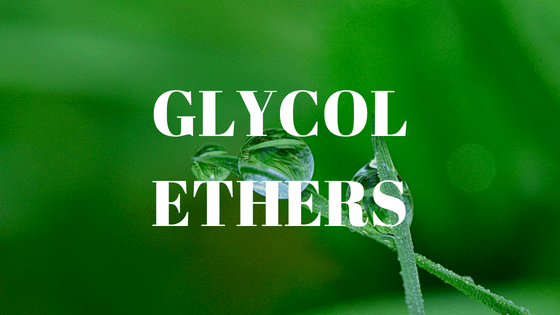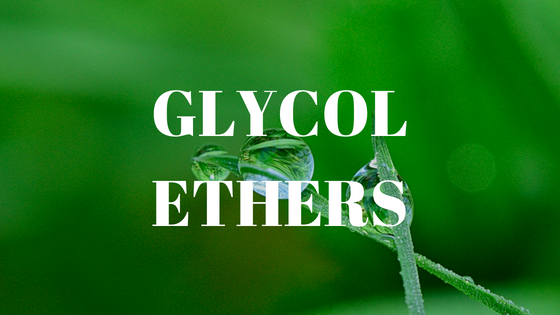Glycol Ethers: What are they and what are their uses?
Glycol Ethers: What are they and What are their uses?
Glycol ethers are a group of solvents based on alkyl ethers which can be from ethylene glycol or propylene glycol (these are commonly used in paints and cleaners). Typically, these solvents have a higher boiling point. They are categorized as two types which are “e-series” and “p-series” depending on whether they are made from ethylene oxide or propylene oxide, respectively. Mostly, p-series glycol ethers are used in degreasers, cleaners, aerosol paints and adhesives. On the other hand, e-series glycol ethers are found in pharmaceuticals, sunscreens, cosmetics, inks, dyes and water based paints.
Uses of Glycol Ethers:
- As solvents for resins
- As solvents for lacquers
- As solvents for paints
- As solvents for varnishes
- As solvents for gum
- As solvents for perfume
- As solvents for dyes
- As solvents for inks
- As a constituent of paint and pastes
- As a constituent of cleaning compounds
- As a constituent of cosmetics
- As a constituent of hydraulic fluids
Glycol Ethers Background
Glycol Ethers have been used since the 1960’s as solvents and stabilizers in a variety of personal, household, and industrial products. The use of glycol ethers has changed significantly over the past 30 years. Low molecular weight E-series have been phased-out and progressively replaced by low molecular weight P-series whenever possible. These substances are industrial chemicals, not expected to occur naturally in the environment.
Significant changes that have influenced the entire glycol ether market during the last decade:
The growth of water-based surface coatings as replacements for solvent-based coatings: It seems that water-based coatings that mainly use glycol ethers as coalescing agents have been the major factor behind the growth of the entire glycol ether market.
Propylene oxide-based glycol ethers (P-series): This growth has been due primarily to increased concern about the toxicological effects of some ethylene oxide-based glycol ethers.
Continuing changes in E-series glycol ether products: In the major regions of the world, growth has been primarily for the butyl products (and some smaller-volume specialty glycol ethers); the methyl and ethyl products groups have been in decline.




